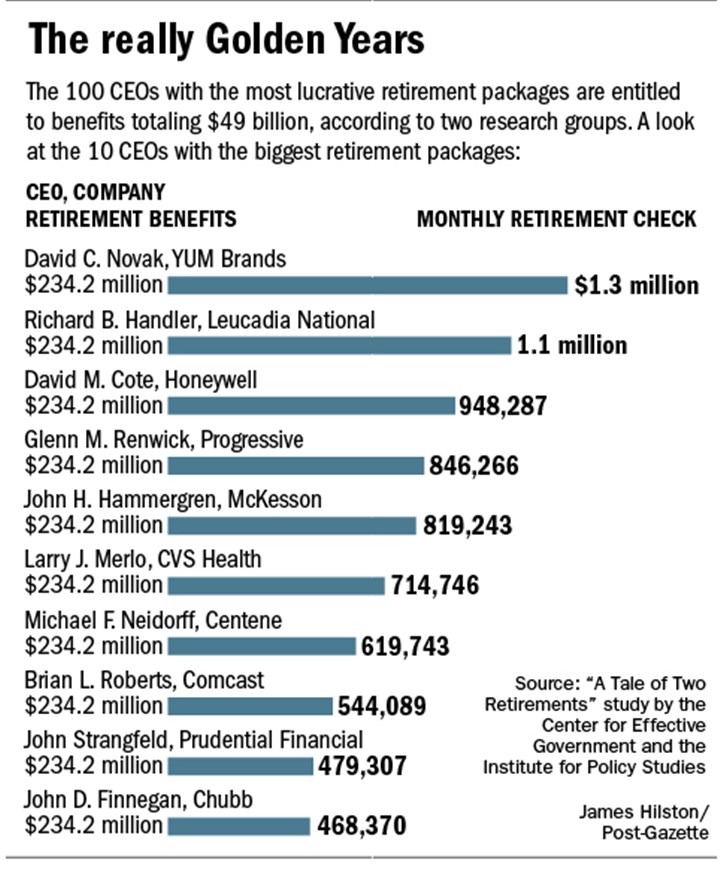Last January, the Institutional Limited Partners Association unveiled a fee-reporting template that aims to improve transparency and disclosure around private equity investments.
Now, two-dozen pension funds are requiring general partners to use the template. But very few general partners are on board with the movement.
From Pensions & Investments:
Since the template’s creation in January, 42 limited partners have endorsed the form, which details fees, expenses and carried interest, up from 21 at its introduction. About half of those limited partners require its use in some way, said Jennifer Choi, Washington-based managing director of industry affairs at the Institutional Limited Partners Association, which created the form.
Such standardization helps board members as well as participants make comparisons between general partners, as opposed to wading through an undecipherable data dump, sources said.
“The key point here is getting people to coalesce around a single approach, a single standard,” said Ms. Choi. “Most (general partners) supply these figures, but (each) in a different fashion. … It could be in financial reports, in footnotes, in capital calls.
[…]
While pension funds have begun embracing the ILPA template, private equity managers have not endorsed it at the same pace. Ms. Choi said only two managers, TPG Group and The Carlyle Group, have publicly endorsed the use of the template.
“Some (GPs) have legitimate concerns,” Ms. Choi said. “Is it going to be this detailed template plus other templates that LPs have created on their own? That’s a very legitimate concern.”
“Not all GPs are created equal,” Ms. Choi said. “The back-office reporting functions required to do this, smaller firms might not be technologically capable of doing this. LPs are cognizant of that and are willing to work in a timeline that works for both sides.”
Ms. Choi said she expects most large GPs by 2017 should be able to use the template, but she wouldn’t hazard a guess as to how many firms would or what size they would be.








